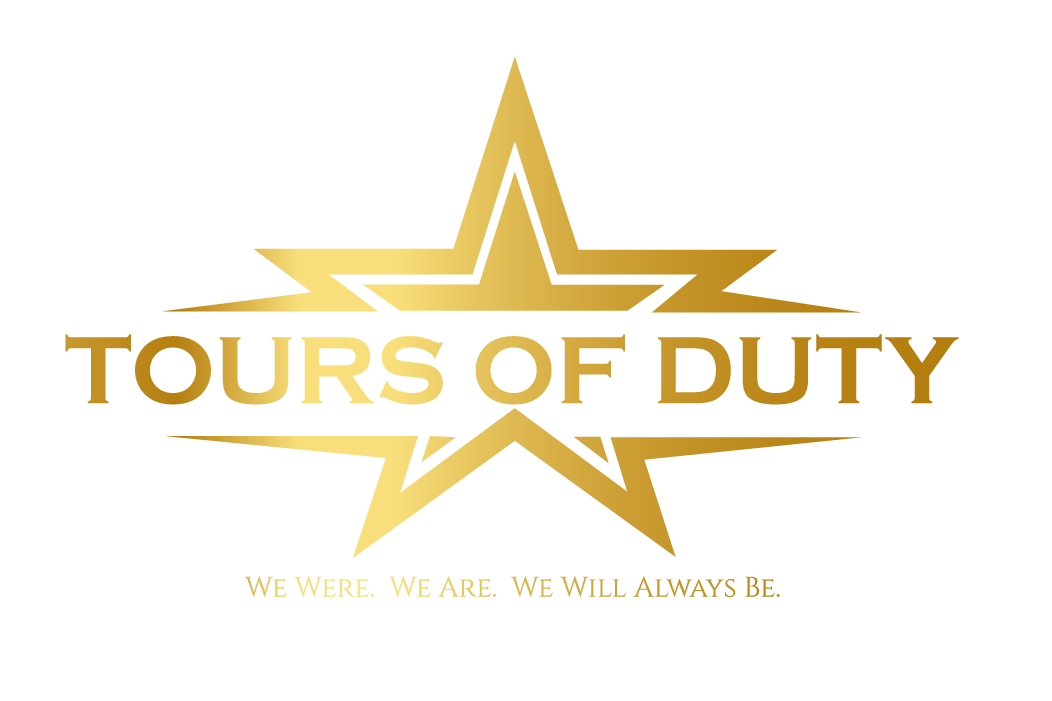Introduction
The recovery of Prisoners of War (POW) and Missing in Action (MIA) is a profoundly important mission that seeks to bring closure to families and honor the sacrifices of our brave service members.
In the case of Normandy, a region steeped in historical significance, the efforts to recover POW/MIA face unique challenges. In this blog post, we will explore the distinctive obstacles involved in recovering POW/MIA in Normandy and shed light on the ongoing endeavors to bring these heroes back home.
- Historical Battlefield Transformations: Normandy witnessed fierce battles during World War II, leaving lasting scars on the landscape. Over time, the land has undergone significant transformations due to urban development, agricultural changes, and memorial constructions. These alterations make it challenging to identify and locate specific burial sites or the remains of missing service members.
- Erosion and Environmental Factors: The coastal nature of Normandy exposes the region to natural processes, including erosion, weathering, and tidal movements. These environmental factors can impact the preservation of burial sites, remains, and artifacts associated with POW/MIA cases. Over the years, the changing coastal conditions may have affected the integrity and accessibility of potential recovery sites.
- Limited or Fragmented Records: The chaos of war and subsequent administrative disruptions can result in limited or fragmented records related to POW/MIA cases. Losses of historical documents, incomplete paperwork, or the lack of comprehensive reporting make it challenging to gather accurate information for recovery missions. This lack of records can impede the identification and location of missing service members.
- Urbanization and Development: Normandy, like many other regions, has experienced urbanization and development over the years. This growth can lead to changes in land use, the construction of infrastructure, and alterations to the physical landscape. Such developments may inadvertently disturb or cover potential burial sites, making recovery efforts more complex.
- Preservation and Public Access: Balancing the preservation of historical sites and public access presents a unique challenge in recovering POW/MIA in Normandy. Historical sites, monuments, and memorials must be protected while also ensuring that recovery efforts have access to relevant areas for investigation. Striking the right balance between these priorities is crucial.
- International Collaboration: Efficient recovery operations often require international collaboration between governments, military organizations, and research institutions. Coordinating efforts, sharing information, and aligning priorities can be challenging due to geopolitical factors, bureaucratic processes, and differing agendas. Navigating these complexities is essential for successful recovery missions.
Conclusion
Recovering POW/MIA in Normandy presents unique challenges stemming from the region’s historical significance, changing landscapes, limited records, and the delicate balance between preservation and public access.
Despite these obstacles, Tours of Duty is dedicated to continuing in our unwavering efforts to locate and bring these heroes home.
By raising funds, supporting recovery initiatives, and promoting international collaboration, we can contribute to the ongoing mission of honoring the sacrifices of our missing service members.
Together, let us strive for a future where every POW/MIA is accounted for, their memory honored, and their families granted solace.




